$ (document).ready(function() { SampleGalleryV2({“targetContainerClass”:”sampleGalleryImageViewerContainer”,”galleryId”:”5622525111″,”isEmbeddedWidget”:true,”selectedImageIndex”:0,”startInCommentsView”:false,”isMobile”:false}) });
Nikon has announced the much-anticipated followup to its D300S, the 20.9MP D500 which the company calls its ‘best enthusiast DX offering.’ It features the same 153-point AF system and EXPEED 5 processor as the D5. It can shoot continuously at 10 fps with a 200 shot buffer for Raw images. It can also capture 4K/UHD video and also features ‘SnapBridge’, a constant connection to a smartphone using Bluetooth, similar to what Samsung did with its NX1. The D500 will be available from March at an MSRP of $ 1999.95 body only, or $ 3069.95 with the 16-80mm F2.8-4E ED VR lens.
The camera has a 100% coverage viewfinder offering 1.0x magnification. It also makes use of the XQD high speed memory format first used in the D4. It also has a flip up/down 3.2″ touchscreen LCD with 2.4 million dots.
The camera’s relationship to the D5 matches that shared between the D3 and original D300, with the APS-C format camera offering the same AF system and similar feature set with only a slight drop in continuous shooting speed and a much smaller body. And, as a first for one of Nikon’s APS-C DSLRs, the D500 also gets the illuminated buttons offered on the D5 for low-light working.
An AF module developed for full-frame means unprecedented frame coverage on the APS-C D500, in this case with cross-type sensors available out to the literal edges of the frame. Furthermore, Nikon is introducing Auto AF Fine-Tune, which appears to use Live View (focus at the image plane) to automatically calibrate (at least the center point of) the Phase Detect AF module for any given lens ‘with a few button operations’. This should help address arguably one of the biggest shortcomings of DSLRs relative to mirrorless cameras: the fact that the AF module is only a proxy for focus and, therefore, prone to inaccuracy.
We were pretty impressed with the similar low power Bluetooth option on the NX1 as way of keeping a constant line of communication open between the camera and a smart device, meaning that images can quickly be pushed or pulled across from device to device. This continuous connectedness should make Wi-Fi much easier to use and consequently more appealing.
Jump to:
- Press Release
- Specifications
Press release:
PRO PEDIGREE, DX AGILITY: THE NEW NIKON D500 ESTABLISHES A NEW ERA OF DX-FORMAT PERFORMANCE
The Highly Anticipated Resurrection of the DX-Format Flagship Gives Photographers the Best Combination of Speed, Reach and Connectivity
LAS VEGAS, NV (January 5, 2016) – Today, Nikon Inc. announced the D500, a DX-format DSLR with pro-level features that gives photographers nimble handling, speed and extreme processing power in a compact and lightweight body. With amazing imaging capability, robust build quality and lightning fast performance, the D500 is sure to satisfy as the highly sought-after successor to the venerable D300S. Like its sibling the D5, the D500 benefits from Nikon’s latest technological innovations such as the totally new, blazing-fast Multi-CAM 20K 153-point AF system and 4K UHD video capture, yet adds a fun new way to share photos with Nikon SnapBridge built-in.
“Nikon has answered the call from photographers to once again re-invent this camera category and offer an unmatched combination of performance and value that is hard for any photographer to resist,” said Masahiro Horie, Director of Marketing and Planning, Nikon Inc. “When paired with the amazing imaging capabilities of legendary NIKKOR optics, photographers can capture intimate portraits, mind-blowing macros or action from extreme distances– the possibilities are endless.”
Pro-Level Image Quality, DX-Format Versatility
The D500 imagines the best of both worlds, offering advanced enthusiasts and pro photographers all the benefits of DX-format, such as smaller form-factor and lens crop, combined with many of the same advanced pro features found in the new Nikon D5. The new Nikon D500 features an all-new 20.9-megapixel DX-format CMOS sensor that renders images with outstanding colors and gorgeous tonality. This new sensor is coupled with Nikon’s new EXPEED 5 image processing engine, affording low noise and maximum processing power with a surprisingly small footprint and superbly balanced body.
The benefits of the DX-format are evident for long-distance applications like wildlife and sports photography, where telephoto ability is at a premium and weight reduction is welcome. With Nikon’s legendary FX or smaller-sized DX-format NIKKOR lenses, the sleek D500 is the ideal companion for wanderlust. When mated with the new AF-S NIKKOR 200-500mm f/5.6E ED VR lens, the D500 offers a remarkable 350-750mm equivalent focal range for a lightweight, yet super-telephoto duo.
Because amazing images can happen even when the sun goes down, the D500 is capable of excellent low-light performance, with an ISO range of 100-51,200, expandable to 50-1,640,000 equivalent. From low-light cityscapes to action sports under the lights, the D500 is ready to tackle any imaging challenge.
Performance Meets Portability
Within the streamlined body of the D500 is a formidable processing powerhouse. Whether photographing sideline sports for the home team or animals in exotic destinations, a super-fast 10 frames-per-second (fps) burst speed with full AF and AE will help nail nearly any shot. This extreme speed lets users capture every fleeting moment in exceptional clarity, while a generous buffer allows for up to 79 shots (14-bit, uncompressed RAW/NEF) to be captured, so the moment won’t be missed.
To keep pace with the action, the D500 is fitted with the same AF system as the Nikon D5, the Multi-CAM 20K AF sensor module, with a separate dedicated processor for AF function. On the D500’s DX format sensor, the 153-point AF array fills the frame from side to side, letting users flawlessly track and lock-onto subjects from the edges of the viewfinder. Like the D5, the D500 utilizes the new 180K RGB Metering system and Advanced Scene Recognition System to help ensure balanced exposures and fantastic color rendition in nearly any shooting situation.
Controls and Rugged Construction Worthy of a Flagship
The D500 features an enhanced level of robust build quality, offering the same amount of rugged weather sealing as the Nikon D810. The durable body is a monocoque structure composed of magnesium alloy for the top and rear, while the front is reinforced with lightweight carbon fiber. The shutter mechanism has been tested for 200K actuations, helping to ensure maximum endurance. For further durability, the D500 excludes a pop-up flash, yet is compatible with Nikon’s newest radio frequency capable flash, the SB-5000 Speedlight (with optional WR-R10 & WR-A10)1.
It’s easy to compose and view images on the D500’s bright 3.2-inch, high resolution (2359K-dot) touchscreen LCD, which lets users interact with photos in playback, control the camera and operate menus. When mounted on a tripod or shooting from creative angles, landscape and event shooters will appreciate the reinforced tilting LCD screen, similar to that of the Nikon D750. Additionally, images are rapidly written to either a fast XQD card slot or to the additional SD card slot for maximum workflow efficiency.
Constant Connectivity with the New Nikon SnapBridge
The D500 marshals in a new way to share photos wirelessly with the new Nikon SnapBridge, making the camera’s built-in connectivity easier to use than ever before. SnapBridge allows for Bluetooth2 supported connection between your camera and compatible smart device, thus making automatic upload of your images possible. Once enabled, the camera stays connected to the smart device and transfers photos, eliminating the need to re-connect devices. Those looking to share images from their travels or from the field can also tag images for transfer in camera and can password protect their connection for added security. As an added benefit, the D500’s built-in Near Field Communication (NFC)3 capability easily connects the camera to a compatible smart device with just a tap, while built-in Wi-Fi3 capability allows for faster wireless image transfer.
For those looking for an even faster transfer solution, the D500 is also compatible with the new optional WT-7A Wireless Transmitter, enabling wired or wireless transmission of files to an FTP server or computer at faster speeds.
Advanced Video Features
Just like the D5, the D500 has the ability to capture striking 4K UHD video at up to 30p (3840×2160), as well as Full HD (1080p) video at a variety of frame rates. Ready for any production, the camera sports a host of pro video features derived from the D810, including uncompressed HDMI output and Picture Controls, but adds even more great features. These pro-level creative video features include the ability to create 4K time-lapse movies in-camera, Auto ISO smoothing to provide fluid transitions in exposure during recording, and the capability to record 4K UHD video to the card and output to HDMI simultaneously. When capturing 1080p Full HD content, the camera also has a new 3-axis electronic VR feature that can be activated regardless of the lens being used. Challenging video exposures are no problem for the D500, as it also adds in Active D-Lighting to Full HD video to balance exposure values within a scene to help prevent blown-out highlights
Price and Availability
The new Nikon D500 DSLR will be available in March 2016 for a suggested retail price (SRP) of $ 1,999.95* for the body-only configuration. A kit will also be available, bundled with the versatile AF-S DX NIKKOR 16-80mm f/2.8-4E ED VR lens, for the SRP of $ 3,069.95*. The MB-D17-battery pack will also be available in March 2016 for the SRP of $ 449.95* and will add extended battery life and facilitate vertical shooting. The WT-7A Wireless Transmitter will be available in March 2016, for the SRP of $ 934.95*. For more information on these new Nikon products, please visit www.nikonusa.com.
1. Wireless Remote Controller WR-R10 and WR Adapter WR-A10 (both available separately) required. WR-R10 firmware must be updated to enable support for radio-controlled Advanced Wireless Lighting (see Nikon’s website).
2 The Bluetooth® word mark and logos are registered trademarks owned by Bluetooth SIG, Inc. and any use of such marks by Nikon Corporation is under license.
3 Wi-Fi and the Wi-Fi logo are trademarks or registered trademarks of the Wi-Fi Alliance. N-Mark is a trademark or registered trademark of NFC Forum, Inc., in the United States and/or other countries.
*SRP (Suggested Retail Price) listed only as a suggestion. Actual prices are set by dealers and are subject to change at any time.
Nikon D500 specifications
| Price |
| MSRP |
$ 2000 (body only), $ 3069 (w/16-80mm lens) |
| Body type |
| Body type |
Mid-size SLR |
| Sensor |
| Max resolution |
5568 x 3712 |
| Other resolutions |
4176 x 2784, 2784 x 1856 |
| Image ratio w:h |
3:2 |
| Effective pixels |
21 megapixels |
| Sensor photo detectors |
22 megapixels |
| Sensor size |
APS-C (23.5 x 15.7 mm) |
| Sensor type |
CMOS |
| Processor |
Expeed 5 |
| Image |
| ISO |
ISO 100 – 51200 (expandable to 50 – 1640000) |
| White balance presets |
12 |
| Custom white balance |
Yes (5) |
| Image stabilization |
No |
| Uncompressed format |
RAW + TIFF |
| JPEG quality levels |
Fine, Normal, Basic |
| Optics & Focus |
| Autofocus |
- Contrast Detect (sensor)
- Phase Detect
- Multi-area
- Selective single-point
- Tracking
- Single
- Continuous
- Face Detection
- Live View
|
| Autofocus assist lamp |
No |
| Digital zoom |
No |
| Manual focus |
Yes |
| Number of focus points |
153 |
| Lens mount |
Nikon F |
| Focal length multiplier |
1.5× |
| Screen / viewfinder |
| Articulated LCD |
Tilting |
| Screen size |
3.2″ |
| Screen dots |
2,359,000 |
| Touch screen |
Yes |
| Screen type |
TFT LCD |
| Live view |
Yes |
| Viewfinder type |
Optical (pentaprism) |
| Viewfinder coverage |
100% |
| Viewfinder magnification |
1× |
| Photography features |
| Minimum shutter speed |
30 sec |
| Maximum shutter speed |
1/8000 sec |
| Built-in flash |
No |
| External flash |
Yes (Hot-shoe, Wireless plus sync connector) |
| Flash modes |
Auto, On, Off, Red-eye, Slow sync, Rear curtain |
| Flash X sync speed |
1/250 sec |
| Continuous drive |
10.0 fps |
| Self-timer |
Yes (2, 5, 10 or 20 sec) |
| Metering modes |
- Multi
- Center-weighted
- Highlight-weighted
- Spot
|
| Exposure compensation |
±5 (at 1/3 EV, 1/2 EV steps) |
| AE Bracketing |
(2, 3, 5, 7 frames at 1/3 EV, 1/2 EV, 2/3 EV, 1 EV steps) |
| WB Bracketing |
Yes (2 or 9 frames in steps of 1, 2 or 3 mired) |
| Videography features |
| Resolutions |
4K (UHD) 30p/25p/24p, 1080/60p/50p/30p/25p/24p, 720/60p/50p |
| Format |
MPEG-4, H.264 |
| Microphone |
Stereo |
| Speaker |
Mono |
| Storage |
| Storage types |
SD/SDHC/SDXC (UHS-II compliant) + XQD |
| Storage included |
None |
| Connectivity |
| USB |
USB 3.0 (5 GBit/sec) |
| HDMI |
Yes (mini-HDMI) |
| Microphone port |
Yes |
| Headphone port |
Yes |
| Wireless |
Built-In |
| Wireless notes |
Wi-Fi with low energy Bluetooth |
| Remote control |
Yes (Optional, wired or wireless ) |
| Physical |
| Environmentally sealed |
Yes |
| Battery |
Battery Pack |
| Battery description |
Lithium-Ion EN-EL15 rechargeable battery & charger |
| Battery Life (CIPA) |
1240 |
| Weight (inc. batteries) |
860 g (1.90 lb / 30.34 oz) |
| Dimensions |
147 x 115 x 81 mm (5.79 x 4.53 x 3.19″) |
| Other features |
| Orientation sensor |
Yes |
| Timelapse recording |
Yes |
| GPS |
Optional |
| GPS notes |
GP-1 |
Articles: Digital Photography Review (dpreview.com)





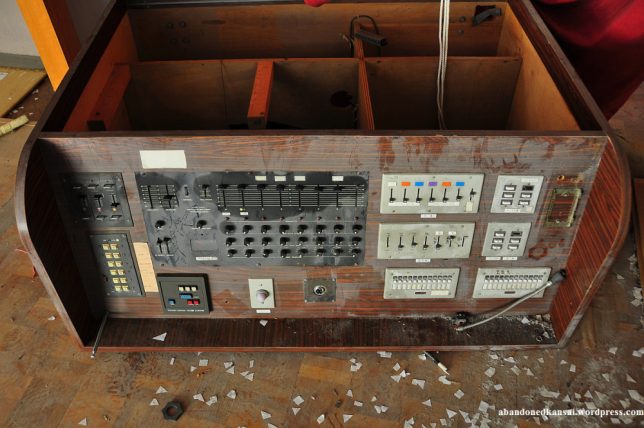
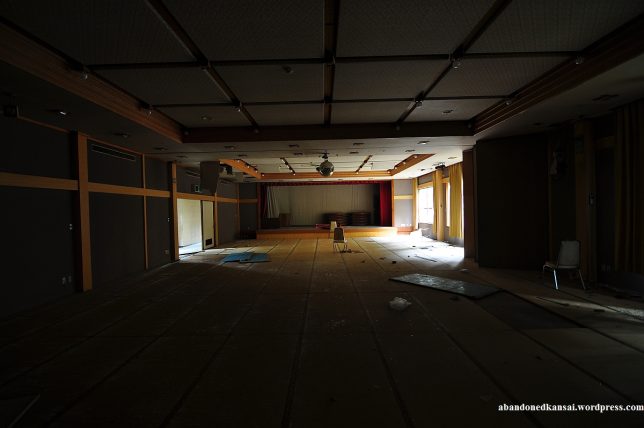
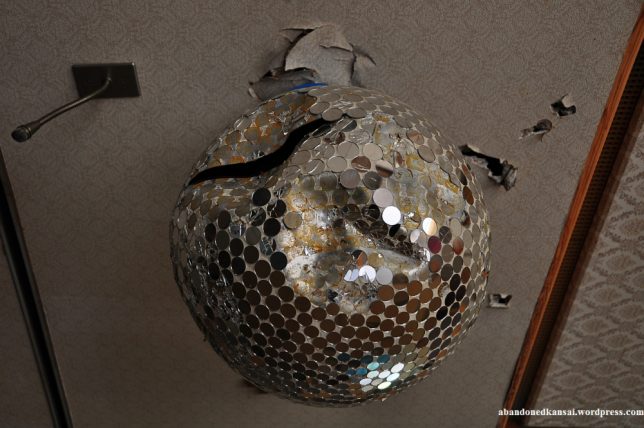




















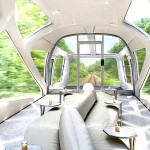
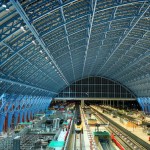










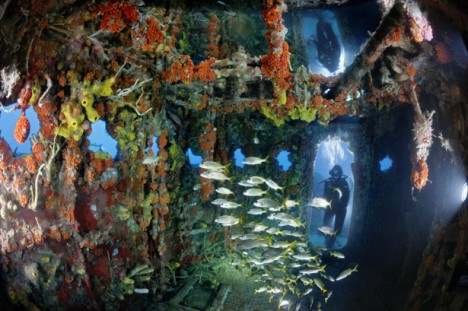
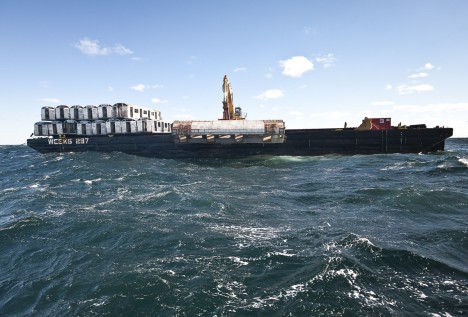

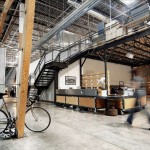
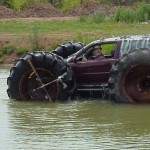












You must be logged in to post a comment.